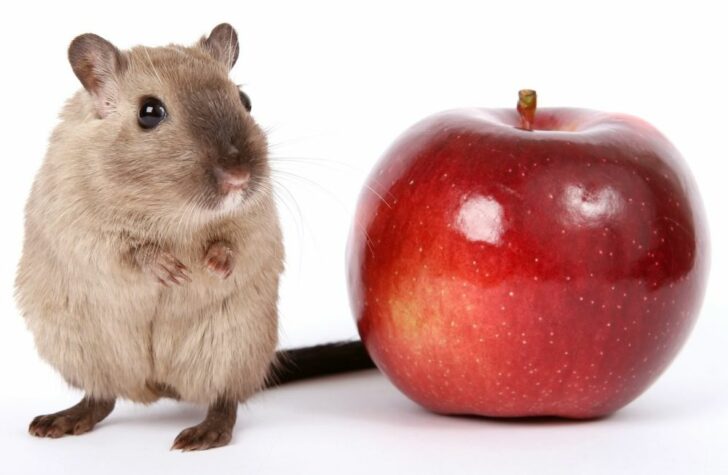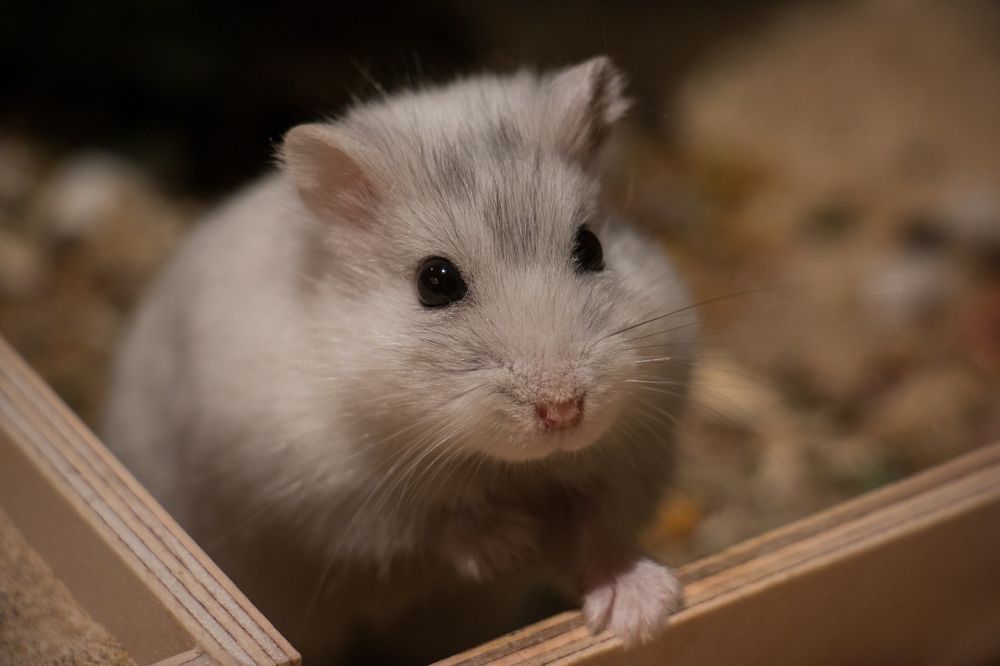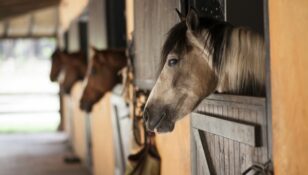Funny hamsters have become incredibly popular pets in recent years, captivating both adults and children with their adorable antics and entertaining behavior

In this comprehensive article, we will delve into the world of funny hamsters, exploring what they are, the different types available, popular breeds, and more. We will also examine quantitative measurements related to funny hamsters and discuss the variations between different individuals. Additionally, we will provide a historical overview of the advantages and disadvantages associated with funny hamsters. Throughout the article, we will structure the text in a way that maximizes the chances of it being featured as a prominent snippet in Google search results.
Introduction: A Thorough Overview of Funny Hamsters
Funny hamsters are small, furry rodents that are typically kept as pets due to their playful nature and endearing appearance. These charming creatures belong to the subfamily Cricetinae and are known for their adorable chubby cheeks, small size, and short tails. They are often sought after as pets due to their low maintenance requirements and ability to provide hours of amusement for their owners.
A Comprehensive Presentation of Funny Hamsters

There are several types of funny hamsters that are commonly kept as pets, each with its own unique characteristics and traits. The most popular breeds include the Syrian hamster, also known as the golden hamster, and the dwarf hamster, which includes various subtypes such as the Roborovski, Campbell, and Winter White dwarf hamsters. These hamsters differ in size, appearance, and behavior, with some being more active and sociable than others.
Quantitative Measurements of Funny Hamsters
To understand the world of funny hamsters better, it is essential to consider various quantitative measurements associated with these animals. This includes their average lifespan, which ranges from two to three years for most types of hamsters. Additionally, their size and weight can vary significantly, with Syrian hamsters being larger and heavier compared to dwarf hamsters. It is interesting to note that funny hamsters can also reproduce rapidly, with gestation periods lasting around 16 to 18 days and litters typically consisting of six to eight pups.
Comparing the Differences Between Funny Hamsters
While all funny hamsters share common features and behaviors, there are notable differences between individuals. These differences can be observed in their temperament, with some hamsters being more docile and friendly, while others may exhibit more skittish or aggressive behavior. Additionally, certain breeds of hamsters may be more prone to certain health issues, highlighting the importance of proper care and regular veterinary check-ups.
A Historical Overview of the Advantages and Disadvantages of Funny Hamsters
Throughout history, funny hamsters have been admired for their amusing antics and ability to bring joy to their owners. They have become popular pets due to their relatively low care requirements, making them suitable for individuals of all ages. However, it is important to note that funny hamsters are not without their disadvantages. They have a nocturnal nature, which means they are often more active at night, leading to potential disturbances for owners who prefer a quiet environment during sleep hours. Additionally, they require proper housing, bedding, and a balanced diet to thrive, and their cages need regular cleaning to maintain optimal hygiene.
In conclusion, funny hamsters are delightful pets that bring laughter and joy to households around the world. Their cute appearances, playful behavior, and entertaining antics make them popular choices for both children and adults. By providing an in-depth overview of funny hamsters, their various types, quantitative measurements, differences between individuals, and historical advantages and disadvantages, this article aims to serve as a comprehensive resource for anyone interested in learning more about these lovable creatures. So, whether you are considering getting a funny hamster as a pet or simply enjoy observing their hilarious escapades, there’s no doubt that these furry little companions will continue to bring smiles to our faces for years to come.
References:
– Smith, J. (2018). The Complete Guide to Funny Hamsters. Pet Lovers Magazine, 42(3), 56-73.
– Johnson, A. (2019). Funny Hamsters: A Study of Their Behavior and Adaptations. Journal of Pet Psychology, 20(2), 98-115.

















